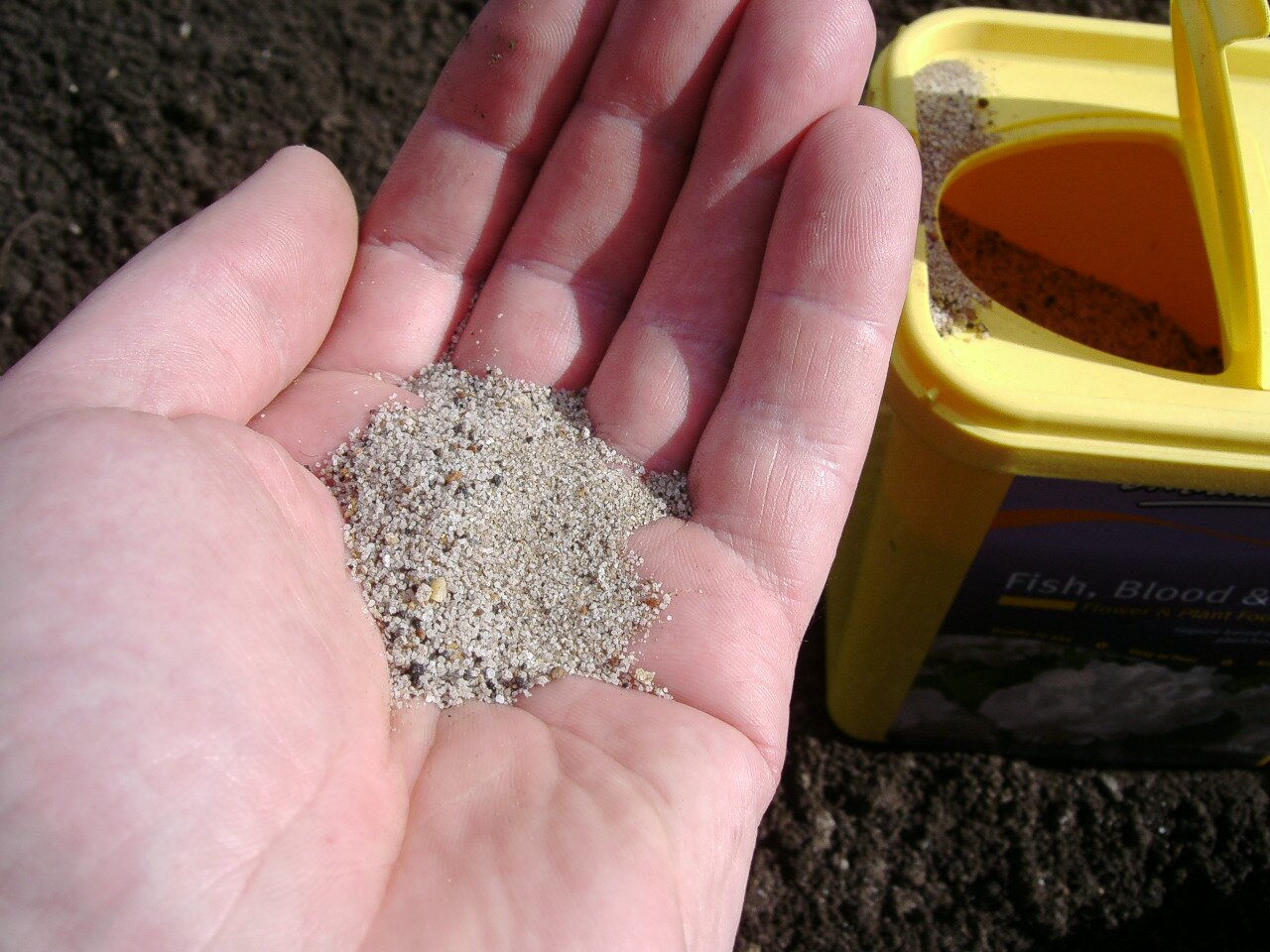If you do gardening for many years, or just playing with the idea that next season you will go out there and dig for victory, one thing is the same and that is that like everything in life, success depends on planning ahead. This is very true with regard to planting your vegetable garden.

Photo: allotments.ie
You need to decide first how much of your lovely garden you can turn into vegetable growing space. Then you have to further divide the area and decide how much space each vegetable can have.
Select your veg seeds based on how much space each species or indeed variety need to grow. So do some research on how much space each vegetable needs for producing healthy crops.
If the space is limited then you can go vertical. Runner beans and climbing French beans can produce an abundance of veggies in very little space. You can even grow trailing squashes and melons up on trellises, but make sure you support the growing heavy fruits with some netting.
The most common material to build your trellis out of is bamboo canes. You can plan a double row of canes or a wigwam shaped support. These make harvest more comfortable and you will have more crops with climbing beans.
Bush crops are more suitable if you have a larger area to play with and want to try many different varieties. Funnily the other reason is why you will be better off growing bushy plants is because you might not have too much space, or you have a balcony only. But you can grow many things in medium sized pots too. The most common is the determinate tomatoes; some of them really need little space, like the word smallest tomato the Micro Tom. You can even grow courgettes and dwarf French beans in pots very easily, you just have to feed the plants from when they start flowering.
Plan in advance and buy your seeds as early as possible in the season for chilli peppers, tomatoes and brassicas. Some gardeners sow their chillies as early as December, you can do that too indoors if you have some warm space in your home where a few pots of germinating seed would not be in your way. The next exciting thing is to sow the tomatoes inside in early March. Well, the earliest thing is to sow is the overwintering broad beans. These can be sown outside in the open ground in October, and you will have a lovely early crop in May.
Buy your vegetable seeds with caution, many smaller online companies offer seed packets for half of the price or even less than those that are the leading seed sellers for decades.
You can go for heirloom, open pollinated varieties or choose some fancy hybrid vegetable seeds. Many new gardeners think that the F1 hybrids are genetically modified, but they are not at all. They are produced by cross-pollinating two ore more different open pollinated variety.
Plan ahead and you will not be disappointed with the results in the harvesting season!
Source: Free Articles Directory Submission
About the Author
Some super tips on how to plan your vegetable garden ready for next season, there are many crucial factors you should bare in mind to really get the most out of your vegetable garden.
How To Plan Your Vegetable Garden From Seeds
9:33 PM
ThanateTan







